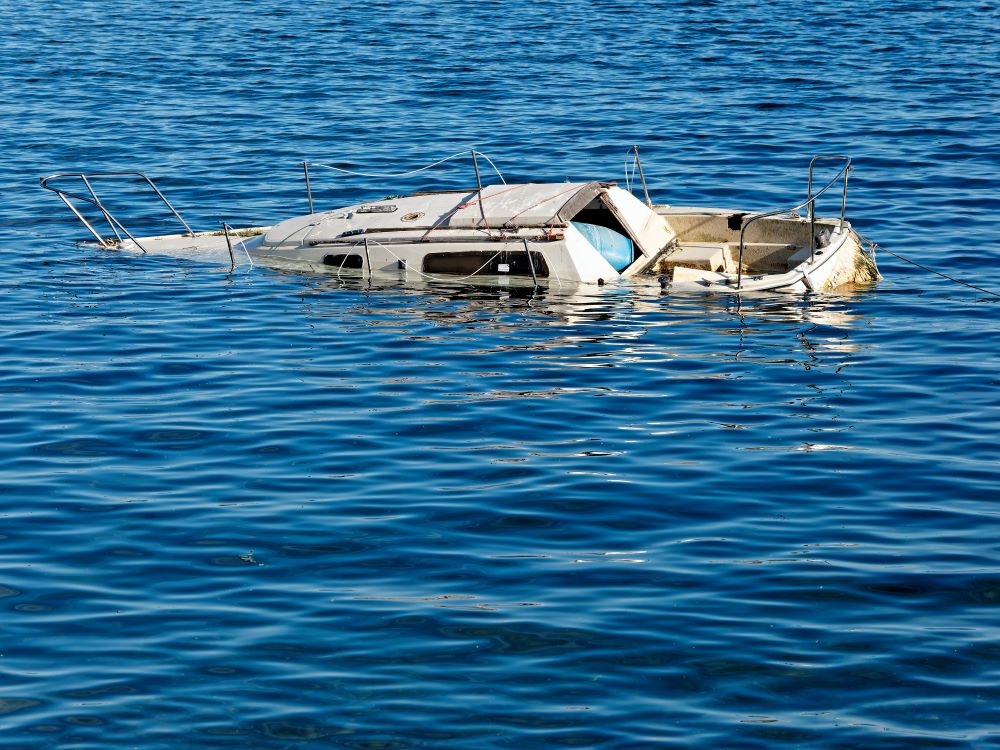
What Actions to Take When a Boat Springs a Leak
A boat that springs a leak can quickly become a problem. No matter where you are, leaks can easily become a hazard. A hole below the waterline, no matter how small, can let in many gallons of water, causing the boat and everyone on board to capsize.
To avoid this situation, the National Boating Safety School explains 5 appropriate actions to take when your boat springs a leak.
1. Ensuring the safety of passengers
A boat leak can happen at any time during navigation, in fresh or salt water. All it takes is one misreading of the nautical chart for your boat to hit the seabed and start capsizing.
When this happens, get yourself and your passengers out of harm’s way by wearing a personal flotation device (life jacket). Regardless of the speed of the collision, always check for injuries to your passengers to assess rescue conditions.
2. Identify and stop the leak
Once all passengers are safe, you can check the source of the water leak. Depending on the location and level of the waterline, you can begin stopping the leak or repairing the damaged hull. This can be done using a manual water pump or a bilge pump that should be included with your required boating safety equipment.
Once you have found the water leak, you will need to identify the nature of the leak:
- A breach in the hull,
- Worn fittings
- Worn underwater components
- Improperly installed or missing rear drain plug
From there, you can use your tools to attempt to repair the leak.
3. Try to reach the shore
If the leak is repairable, you can then try to reach the nearest shoreline for the safety of your passengers. However, if you can’t reach the shoreline, identify the nearest mooring area so that you can anchor your boat until help arrives.
4. Contact the emergency services
Despite your actions, it is imperative that you call for help to report your position. The Canadian Coast Guard can then send help and your distress signal can be picked up by the captains of nearby boats.
This requires the use of the appropriate Personal Locator Beacon to signal your location and identify your emergency.
5. Do not leave the boat
Once you have done everything to ensure the safety of your passengers, repair your leak and call for help, you must not leave your boat.
This is because rescue services have a better chance of finding a boat than people scattered in the open waters.
In order to ensure a quick rescue and give yourself the best chance of success, stay in your boat or close to it using a buoyant heaving line.
Boat safely with the National Boating Safety School
A boat leak can have serious consequences, depending on the gravity of the situation. To minimize this risk, marine authorities require you to be more familiar with safety and rescue procedures while boating.
The National Boating Safety School offers the Transport Canada-approved boating safety course to help you obtain your boating license by completing the online boating exam. Once you’ve passed, you’ll be able to navigate Canadian waters with peace of mind. Register now to get your license.

